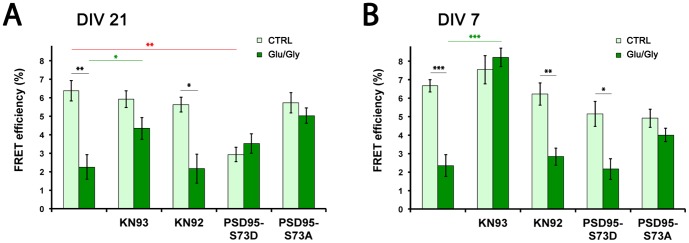Figure 3. CaMKII regulates the NMDAR/PSD95 interaction by distinct mechanisms during synaptic development.

(A) CaMKII inhibition with KN93 (10 µM) and PSD95 phosphorylation reduce the activity-dependent dissociation of PSD95 from the NMDAR in DIV21 neurons. The inactive drug KN92 (10 µM) gives results similar to control. NMDAR interaction with PSD95-S73D is much less than with PSD95-WT. In contrast, PSD95-S73A interacts with the NMDAR and FRET does not change upon stimulation. Light green, control unstimulated; dark green, 1–2 min Glu/Gly stimulation. Statistical analysis by Kruskal-Wallis test (p<0.0001), followed by Dunn's post hoc test * indicates p<0.05, ** p<0.01 and *** p<0.001. (N = 10–14 neurons per condition). (B) In DIV7 neurons, CaMKII inhibition also reduces the activity-dependent dissociation of PSD95 from the NMDAR, whereas PSD95-S73D interacts with the NMDAR as well as PSD95-WT does (compare unstimulated CTRL vs PSD95-S73D, p>0.05), the 1–2 min Glu/Gly stimuli disrupting the interaction. PSD95-S73A mutant does not dissociate from the NMDAR upon stimulation. Statistical analysis by one-way ANOVA test (p<0.0001), followed by Bonferroni post hoc test * indicates p<0.05, ** p<0.01 and *** p<0.001. (N = 10–22 neurons per condition).
